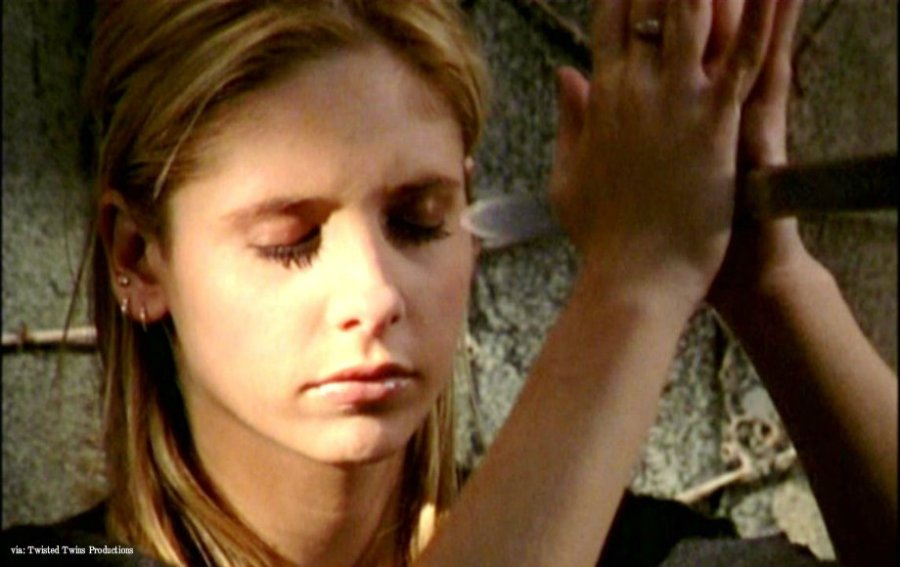In 2007, Joss Whedon finally released Buffy the Vampire Slayer Season 8 #1. The comics have been a combined effort of Whedon and other writers from the TV series, as well as some new names. Picking up some time after the events of “Chosen”, the comics introduce fans to a much expanded Buffy-verse where there is conflict with the US government, and a Slayer army stationed all over the world.
Admittedly, Season 8 was a rocky ride that felt larger than life. In its Afterword, Whedon writes “We’ve learned what you like, what you don’t… We’ve lost a few fans along the way and, hopefully, gained a few.” He added a promise that the following seasons would strive to return the series to what made it special, “the everyday trials that made Buffy more than a superhero.”
The series is currently in season 11 and delivering on all that it promised. Plus, there are some really fun new concepts and characters, like zompires, and the return of some former Scoobies, like Oz. And for the shippers, we do get to see Buffy and Angel interact again – and we finally get some proper resolution with Spike as they finally develop a mature and loving relationship.
You have to take the bad with the good, so here are the 15 Most WTF Moments, to date.
View List on ScreenRant








